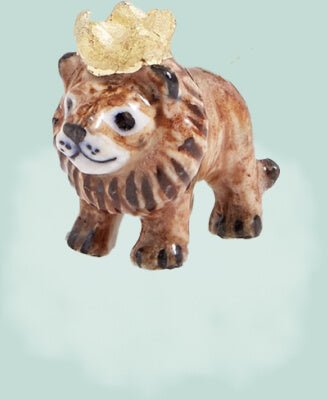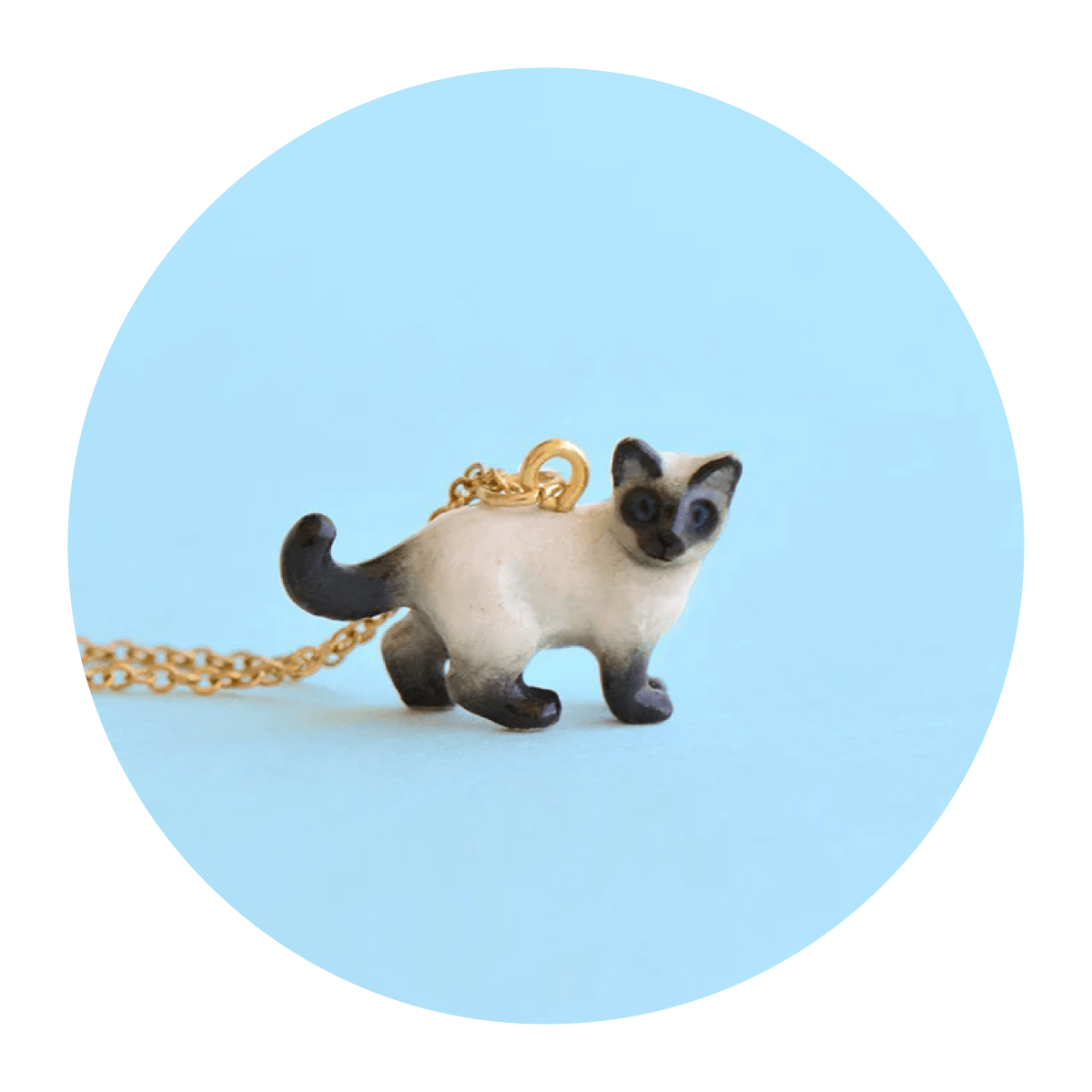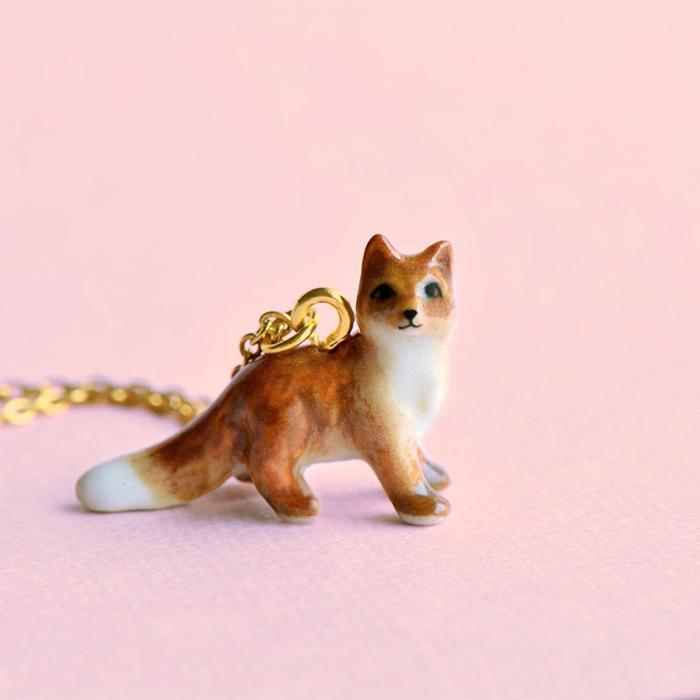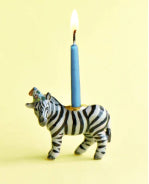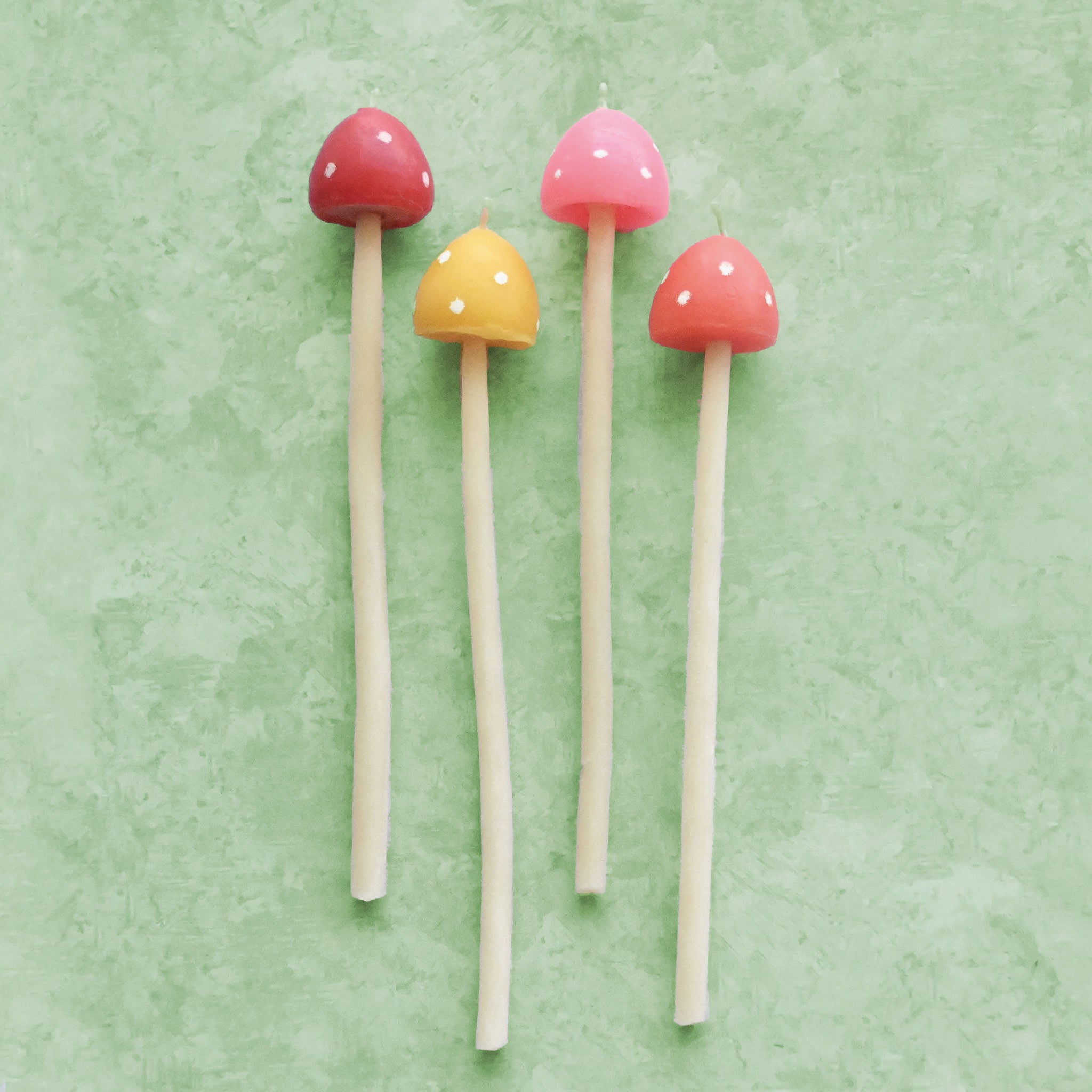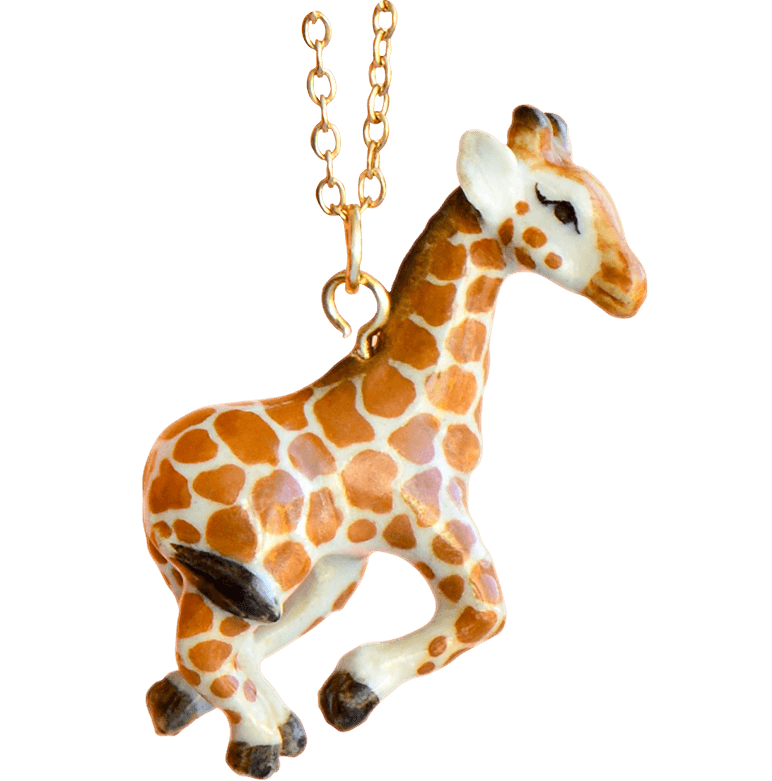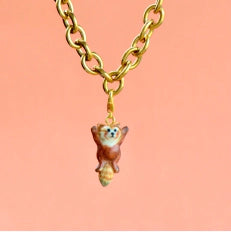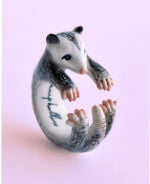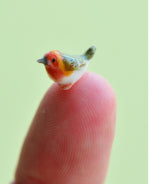The Origins of the Piggy Bank: Why we put our money in Porcelain pigs!
Posted by Katherine Leonard on Sun, Apr 16, 23
The twisting tale of Piggy Banks...
Although we don't make traditional piggy banks, we wanted to explore the origins of the most iconic porcelain animals of all time. (We do have an adorable pig cake topper though!)
Piggy banks are a strange tradition that is found in many cultures across the world. They're also very cute!
Piggy Banks are often given to children to encourage saving. Some banks still send them to children when they open their first account. To reduce temptation, many piggy banks were made with only one slot. A slot to insert your money. The only way to retrieve the coins was by smashing the pig. Nowadays, they often have a plug or cork to get to the coins the within.
They are a symbol of financial responsibility and are often used in marketing campaigns by banks. The gift of a piggy bank symbolises the start of financial responsibility.
In some cultures, piggy banks full of money are given to newborns to ensure good fortune within the life. This is also a tradition for New Years, ensuring wealth in the year ahead.
Money Boxes

But why pigs? Why not horses, owls, elephants or giraffes? The answer is not very clear but there are some theories. Let's start with our attitudes towards pigs on a cultural level.
Pigs have been farmed since neolithic times and widespread in societies across the world. They would have been one of the first animals we observed daily as humans being. Pigs have different cultural meaning across the world. have long been linked with dirtiness and greed as well as prosperity and fertility.

Lucky Pigs
Pigs are omnivores who can live off scraps and reproduce very quickly, giving the people a constant food source. Pigs are sloppy eaters. They have been bred to consume as much food as possible. Fatting up a pig would mean more meat later down the line. Pigs are considered a good luck charm in Switzerland and Germany. There is evidence of Medieval games features pigs as a high prize.
Pigs are also considered lucky in China, those born in the year of Pig are financially comfortable and docile. Being born a pig would mean being well fed and cared for throughout your life.
In cultures where food is not readily available, people who are fat were considered wealthy and affluence. Many royals wore their extra pounds as a sign of superiority. Since we tend to personify animals, many saw pigs as simples of success and good fortune.
Pigs are also associated with being carefree and happy. Expressions such as ‘happy as a pig in mud’, ‘a pig in clover’, and ‘you lucky pig’, reflect the association of pigs with happiness, financial prosperity and good luck.

Filthy Swine
In some religions pigs are considered on of the ‘unclean’ or ‘impure’ animals. This idea is noted in versions of the bible where Noah is instructed to bring seven pairs of mates for the pure animals and just one pair of impure creatures. Some animals, such as cattle, regurgitate their food to chew it for a second time. Pigs don’t do this and stood out as an anomaly to our ancestors. Pigs are also messy eaters and for these reasons were considered dirty and greedy. The eating of pork is forbidden in Islam and Judaism.
Some scholars have theories that meat from ‘unclean’ animals would have been more likely to cause food poisoning or spread disease by ingesting them.
Pigs are often associated with greed, monopolisation and the hoarding of resources. Being called a Pig in most cultures is not a compliment, associating the animal with poor manners and brutish personality. Saying such as ‘Fat pig’, ‘Road Hog’ and ‘Greedy Pig’ reflect this.
There is an old industry saying that goes. "Bulls make money, bears make money, pigs get slaughtered” which warned against being excessively greedy. ’Pigs’ is also negative slang for the police.
That gives some context to the relationship we have with pigs.

Earliest piggy bank
The oldest money box found dates back to Ancient Greece. It is shaped as a small temple with a slit in the top to put coins.
The oldest pig shaped money box comes from Java and is dated back to the Majapahit era. Java is an island in Indonesia, a republic of 17,000 islands north of Australia. The piggy bank is made of grilled clay and dated from 13th - 15th Century. (1200 - 1500) which makes it over 500 years old. It reflects the culture of saving in Ancient Java. The discovery also shows the animal was considered a symbol of fertility and wealth.
The Oldest European piggy bank was found in Thüringen, Germany though it has no coins inside. It is dated back to the 13th Century. Since old piggy banks were made without a stopper, you had to break the clay pig to get the money inside so there would be less evidence of intact ones to find.
Why a Piggy Bank?

The Metaphor Theory
In Western culture a pig was considered a ‘Poor man’s money box’. A piglet would be bought in spring, then fattened up over the year and ready to butcher before winter. It would provide enough meat for the family as well as giving extra money for vegetables and the doctor. This finical security acted as a ‘bank’ a ‘piggy bank’. The smashing of the porcelain pig is reflected in the slaughtering of the pig.

The Etymology Theory
This explanation is found across many internet articles. In the Middle Ages, before we had decorated money boxes, coins were hidden away in clay pots. These pots were made of a certain type pf orange clay called “pygg”. The Saxons would have pronounced this as ‘Pug’. Then came ‘the great vowel shift’ between 1400 and 1700 and the word would have been pronounced ‘Pig’.
The theory goes that potters began making 'Pig banks' in the shape of pigs. This would have been a novelty gift of the Middle Ages. Farm pigs would have also bathed in the clay mud, keeping themselves cool and strengthening the connection between the two words.
This makes sense for English speaking countries but not for the rest of the globe.

So we don’t really know…
There is no clear origin for the practise of porcelain piggy banks (try saying that three times fast). What is certain is that by the 17th century potters were creating piggy banks and money boxes in other shapes. Industrial production of ceramic piggy banks began in the mid 19th century (around 1850).
I personally believe it’s a little bit of everything. Certain animals evoke certain feelings and emotions. Due to their domestic nature, fertility and idea of return on investment, pigs have been globally associated with wealth and prosperity.
It’s sad to think that with the rise of cashless establishments, piggy banks are slowly becoming a thing of the past.
At Camp Hollow, our porcelain pig has a new job, to celebrate birthdays. As part of our Chinese zodiac collection, we have a ‘Year of the Pig’ cake topper. Perfect for those born in a year of a pig of just pig fans! We hope he will bring luck and prosperity to every party he attends.
Pigs are intelligent gentle creatures and though the piggy bank might become a tradition of the past, our cake topper can be tradition in your future.
And one more pig phrase we forgot 'Pigs will fly' to mean 'impossible, the phrase we used to inspire one of our favourite necklaces We do love pigs!
